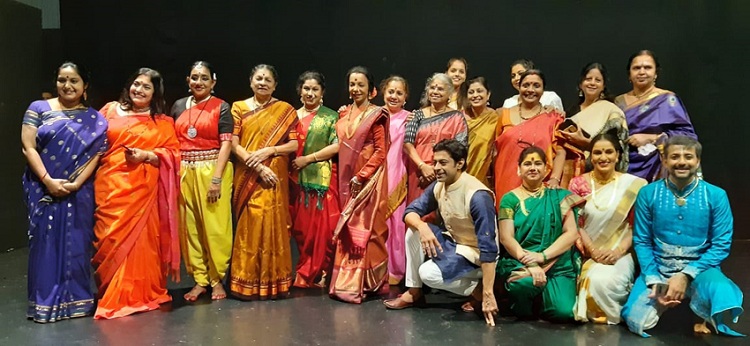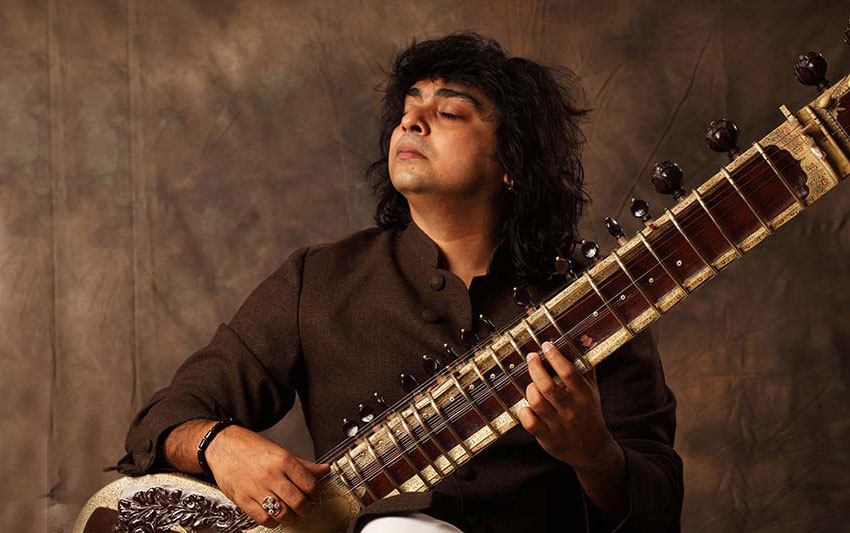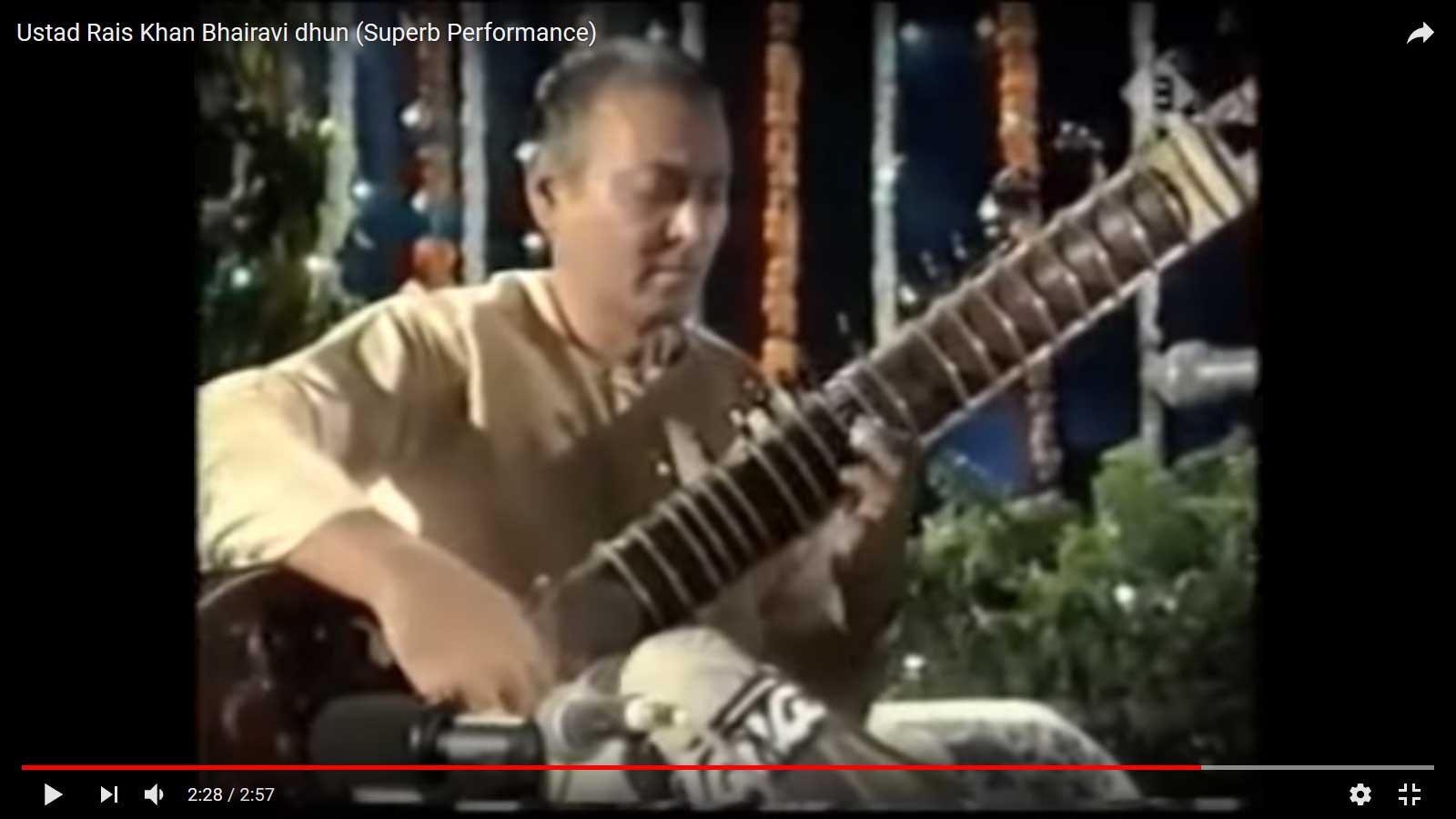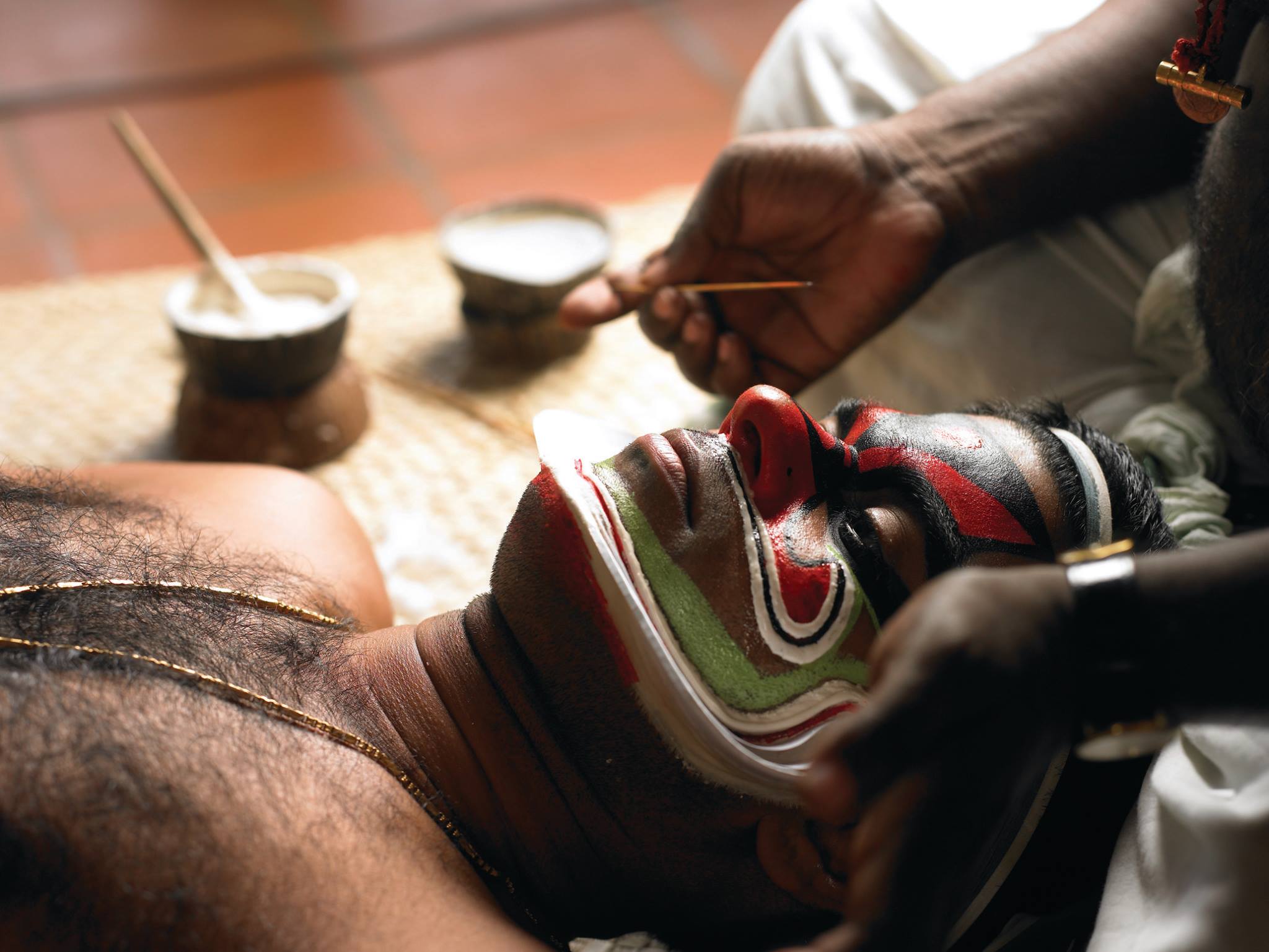When it comes to the dance, no one does a better razzmatazz like the NCPA huddle. The work must have been underway for a long time, or at least it seemed like a ton of effort had gone into the planning and execution. Co-curated by Latha Surendra, Founder and Principal Trustee of Anjali Bharata Natyam Research Trust and Shubhada Varadkar, Founder-Director Sanskrita Foundation, and a renowned exponent of Odissi dance, the month-long dance festival kick-started with a lot of fanfare.
 The audience was treated to a warm welcome true to the lion-hearted generosity of Mumbai. Tutari, the harbinger of good times opened the show. Dancers danced with lezhims and flags. Claps followed. It looked like the NCPA was ready to put up a ‘no-holds-barred’ show!
The audience was treated to a warm welcome true to the lion-hearted generosity of Mumbai. Tutari, the harbinger of good times opened the show. Dancers danced with lezhims and flags. Claps followed. It looked like the NCPA was ready to put up a ‘no-holds-barred’ show!
The Experimental Theater was jam-packed. Almost all the seats were taken before the show began. Smt. Swapnokalpa Dasgupta Head of Dance – Programming at NCPA opened the event. She invited Lata Surendra ji to take the dias. A versatile dancer, and charismatic speaker, Lata ji kept the audience in splits with her witty observations about Mumbai and its people. “We don’t lose touch with Divinity,” she quips. “You see it in Siddhivinayak Vada Pav center or Balaji Liquor bar…” drawing peals of laughter from the audience. You know you are in good hands when the emcee has a good sense of humor.
Shubhada Varadkar followed, speaking in chaste Marathi, and English, articulating the relationship between nature and culture. Art imitates life. And one cannot exist without the other.
The evening was filled with a promising list of folk dances from remote corners to popular folk arts. Since the theme was Mumbai, a confluence of cultures, the audience was treated to a kaleidoscopic array of folk music and dance from around India. Using the theme of historical monuments and places of Mumbai such as the Haji Ali, the Nehru Planetarium, the Ban Ganga, Matunga, and other such places, the curators of the NCPA dance season had put on their creative caps to bring out the different flavors of Mumbai.
From the Gondhal dance of Maharashtra, to the snakelike Tharpa, a tribal dance form, from the technical mastery of Mohiniattam and Bharatanatyam to the sensuous moves of Bengal’s Rabindra Sangeet dance and Kerala’s Kaikottikali, from the energetic dances of the Haryana’s Ghoomar, Gujarat’s Garba Raas and the athletic genius of Kerala’s Kalari to the sublime graces of Manipur’s Nupi Pala and a mesmerizing Kathak presentation on Asathoma Sadgamaya, from the captivating storytelling dances of Kathak, Yakshagana and Poothapaatu to the spiritually uplifting performance of Khuda ke Vali Haji Ali — it was a buffet spread for the royals. Drenched in the rasas of beautiful folk music and dance, the audience stayed enraptured throughout the 2-and-a-half-hour long presentation.
I have to make a special mention of some interesting and off-the-beaten-path attempts made here. The combination of Kathak with Yakshagana was ingenious. Dr. Sunil Sunkara, in charge of the padhant and the story, masterfully wove his recitation to the complex tabla and chendu beats. Rakshit Poojary, the Yakshagana artist was astounding, as Ma Ganga, exuding all the graces of a goddess. Another presentation that hit home was the Poothapaatu performance where the evil Ghost stole hearts, with her expressive eyes, and a clumsy gait of a dimwit. The story of Haji Ali, was a visual treat. With excellent choreography brilliantly executed by Manisha Jeet’s team, you could see the monument taking shape before your eyes. What can a powerful dance presentation not do?
The choice of music is as important as the choreography, and stylisation. Here, I wish that the Garba Raas group had been cautious. While there is no doubt that the energetic performance and choreography was top-notch, by choosing a highly popular Bollywood number, the Garba Raas group played it to the gallery but left art lovers tad disappointed. Let’s hope that we get to listen to some authentic Kutchi, or Kathiyawadi music the next time. Another gaping hole was the lack of coverage of the Koli dance. The name Mumbai comes from Mumba Devi, the local deity of the Koli community of Mumbai. Koli dance, in my view, should have topped the list.
If the theme of the opening show was the folk dances of India, then shouldn’t the Punjabi Bhangra or the Rajasthani Kalbelia dance, or the Naga Dances also be represented? There was an over-emphasis on the Southern dance forms, (there was Kalari, Poothapattu, Mohini Attam and Kaikottikali, from Kerala). Well, there’s always a next time! 🙂
The show ended with the pulsating drums of Nimar. The reverberating beats of the huge drums would put you in a dance trance. You could soak in the throbbing energy in the small auditorium of the NCPA Experimental Theater. The audience began to clap to the rhythm of the beats. Soon, many from the audience and the backstage artists joined the enthusiastic finale. What a show! The NCPA Mumbai Dance Season is ready to bedazzle!
It is humbling to know that the Indian subcontinent is blessed with such deep cultural roots. Who knows how many more undiscovered, unknown folk arts are out there, never to see the light of a dance theatre? Who knows what practices are dying out, as we speak, simply because ancestral knowledge did not get passed on or was rejected by the next generation looking for greener pastures? In our social media-obsessed, attention-deficit world, we have little time to look beyond our own shadows.
If it weren’t for the efforts of a few passionate art lovers and Gurus, these folk arts could be lost to the world. With no one to take it forward, apathetic system, lack of public interest, Indian folk arts are dying a slow death. A day will come when our children never hear about our ancestral arts, and thus be deprived of our vast and priceless culture. Ancient arts, folklore, and stories of the soil are being stifled by the ostentatious and commercialized entertainment industry. What are we without our cultural roots, but a mere shell without a soul?
The NCPA team who initiated the NCPA Mumbai Dance Season has done a commendable effort. It is heartening to see that a handful of art lovers are determined to protect and preserve our legacy. They have something to tell you. Are you listening?
Those who are keen to follow the NCPA Mumbai Dance Season can follow their month-long calendar and head to various parts of Mumbai to whet their appetite for music and dance. No, dance is not all. There are workshops, demonstrations, seminars, and interesting dance tidbits to be gathered all through the month. Follow the Facebook page for NCPA Mumbai Dance Season for more information. It’s now or never!
Click HERE for full schedule










